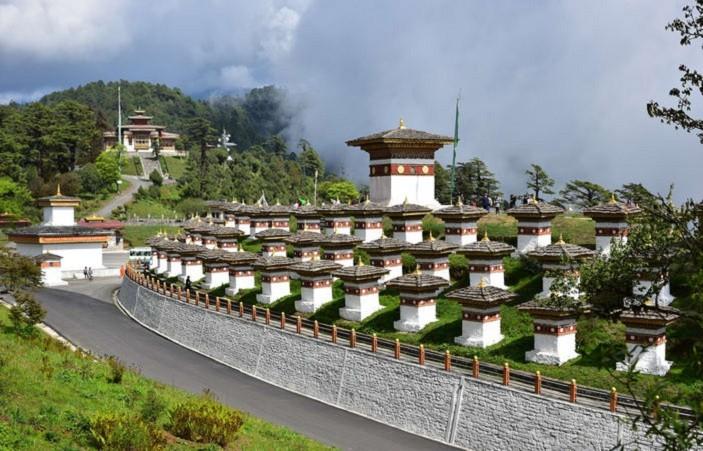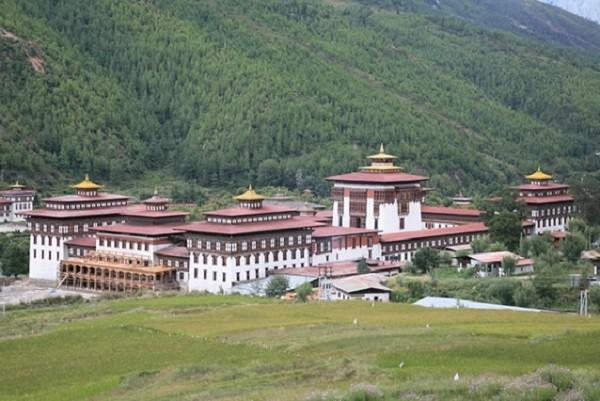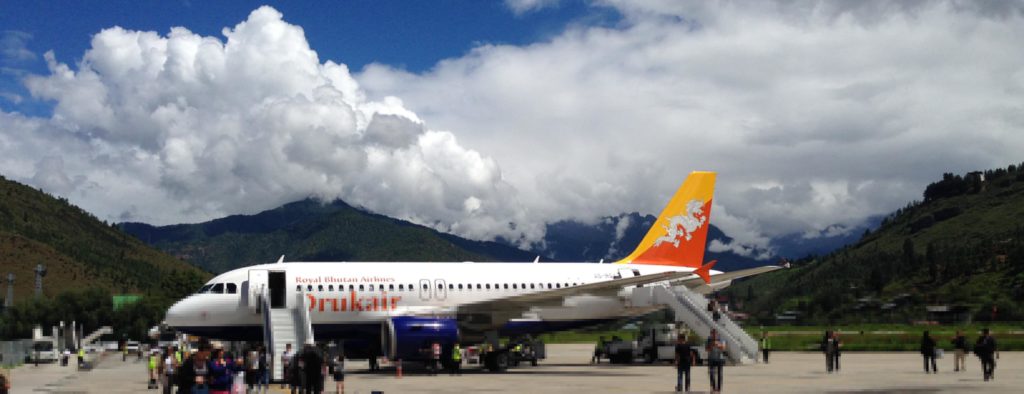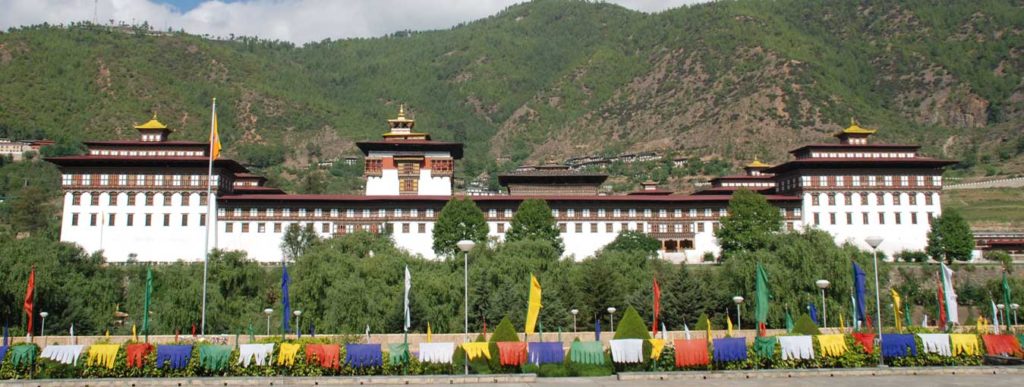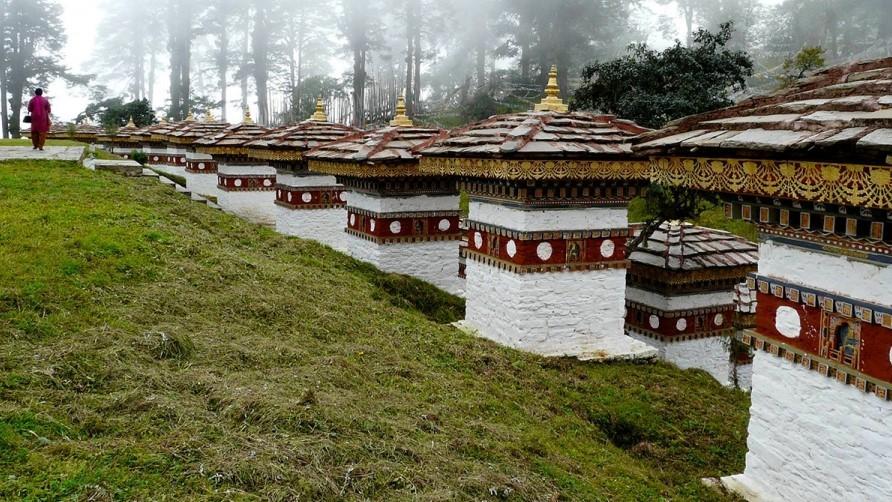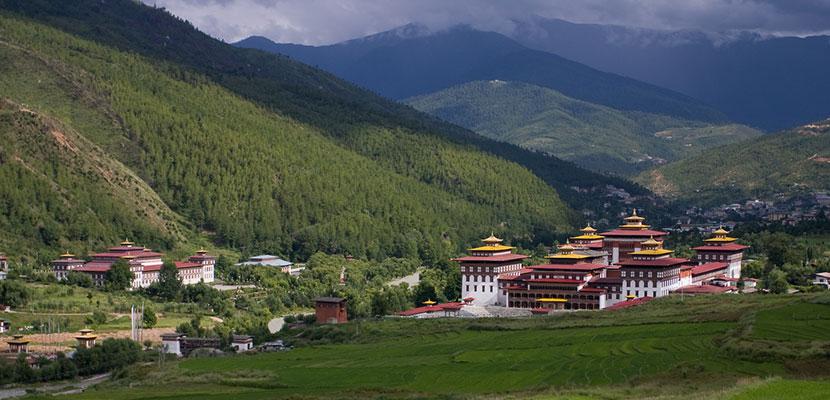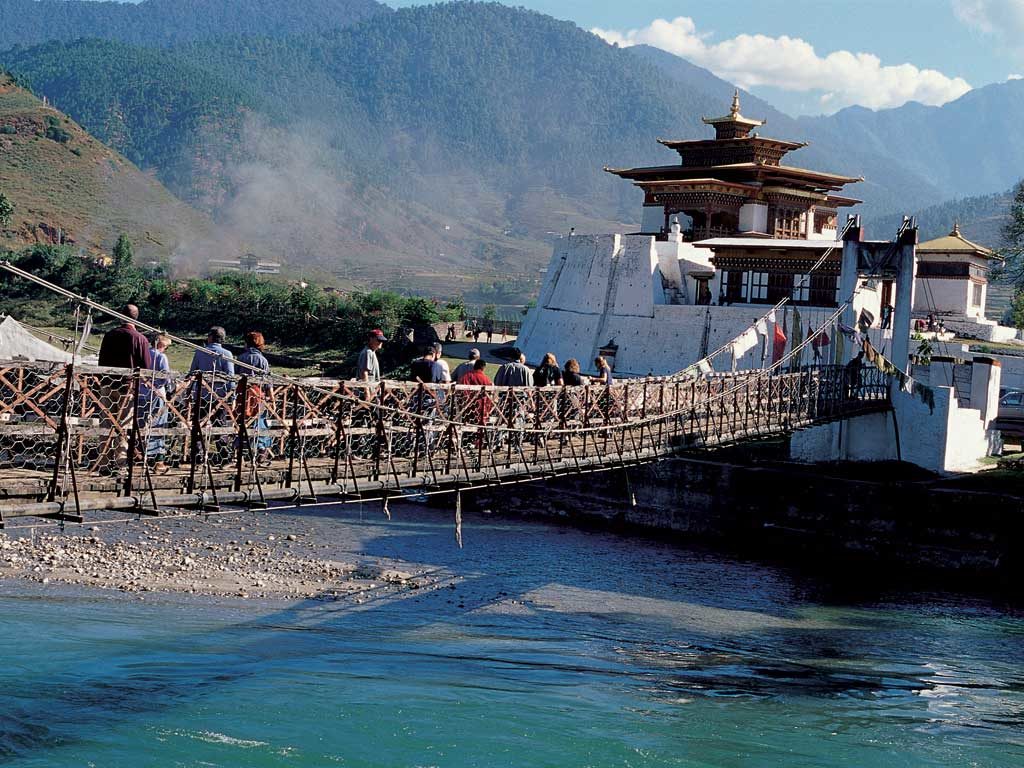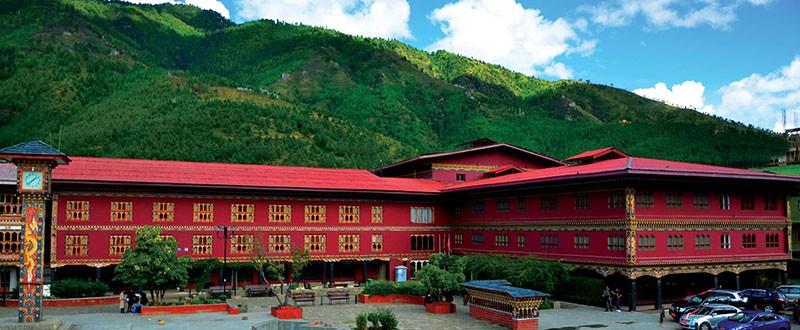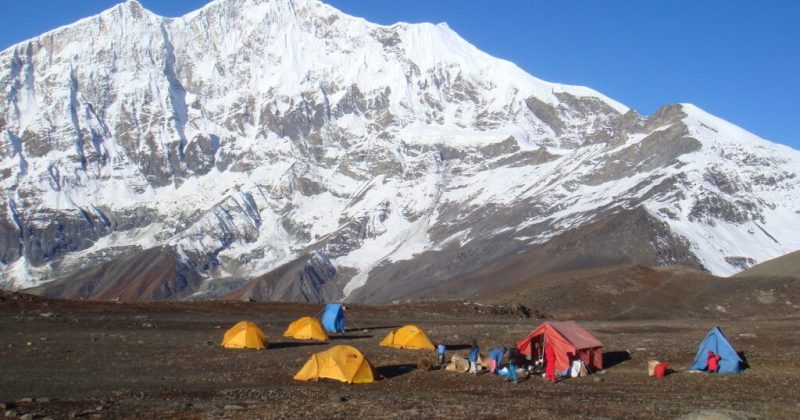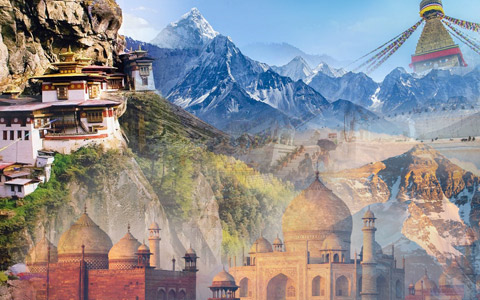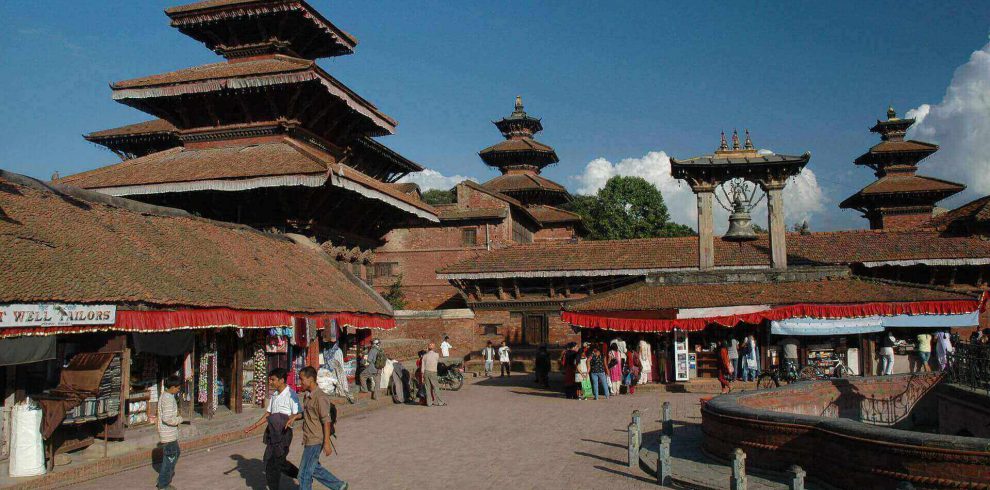ABOUT BHUTAN AND TOUR AND TRIP
Glimpses of Bhutan will give overview of Bhutan with in the short time period focusing on western cities with more history, architecture, culture and nature. The itinerary will take you through four major cities of Bhutan, the most developed cites in the hidden kingdom. At the end of the trip, you will realize how Bhutan could balance its cultural and tradition with modern development and pursuit “Gross National Happiness.
Tashi Yangtse
Trashiyangtse or Tashi Yangtse is a small town in Yangtse Gewog, and the district headquarters of the Trashiyangtse District in eastern Bhutan. Previously a drung khag (sub district) of Trashigang, Trashi Yangtse became a fully-fledged dzongkhag (district) in 1993. It borders the Indian state of Arunachal Pradesh, and there is some cross-border trade and significant cross-border foot traffic. Located in close proximity to Chorten Kora which lies to the west, a Dzong was inaugurated in Trashiyangtse in 1997. Trashiyangtse has great potential for both local and international tourists. It covers 1,437 sq. km of sub-tropical and alpine forests, with an immense wealth of natural, historical and cultural resources. Here, nature lovers can explore the Bumdeling Wildlife Sanctuary, home to a diverse range of flora, fauna, and scenery. It has one of the richest temperate fir forests in the eastern Himalayas and provides an ideally protected habitat for big cats like Tigers and Leopards. It is also home to some other rare animals including Barking Deer, Himalayan Black Bears, Red Pandas and hundreds of Black-Necked Cranes that migrate to the region every winter.
Other areas of interest in Trashi Yangtse include the ruins of Tshenkharla Dzong, a historically significant site that dates back to the 9th century and were the first Dzong to have been constructed in Bhutan. It was built by a Tibetan Prince named Lhasey Tsangma, who settled in the region after being exiled from Tibet. Trashi Yangtse is known for its excellent wooden cups and bowls made by local artisans using avocado wood and maple wood. It is also famous as a center of paper making. Craftsmen use the tsasho technique to produce paper with a bamboo frame, which produces a distinctive pattern on the paper.
Trongsa Dzong
The Trongsa Dzong literally means the Dzong on the tip of a Dungkhar (of the never changing country of Druk and the everlasting Dharm). Trongsa Dzong is situated overlooking the Mangdechhu River. Trongsa Dzong was founded by Yingzin Ngagi Wangchuk, a descendant of Ngawang Chogyal and a revered follower of Kuenkhen Pema Karpo. In 1541, he meditated at the village of Yueli in Trongsa, a few kilometers from the present Dzong. During the meditation, he saw lighted butter lamp below the ridge at the present Goenkhang, which houses the guardian deities Palden Lhamo (Mahakali) and Yeshey Goenpo (Mahakali). Considering the place to be sacred, he built mediation quarters. Once during his meditation in the new quarter, the deity Palden Lhamo appeared and prophesied that this place would play an important role in spreading the teachings of Buddha. After this incident, Yingzin Ngagi Wangchuk constructed a small temple and named it Mondrupley. Over the years, his disciples built many smaller meditation centers near the Mondrupley temple, which soon began to resemble a small village. The people of Yueli names this new village Trong-sar (new village).
Considering the place to be sacred, he built mediation quarters. Once during his meditation in the new quarter, the deity Palden Lhamo appeared and prophesied that this place would play an important role in spreading the teachings of Buddha. After this incident, Yingzin Ngagi Wangchuk constructed a small temple and named it Mondrupley. Over the years, his disciples built many smaller meditation centers near the Mondrupley temple, which soon began to resemble a small village. The people of Yueli names this new village Trong-sar (new village).

